International programs
Ōtautahi Christchurch welcomes all International Antarctic programs
Five cities around the world are recognised as Antarctic Gateways: Christchurch, New Zealand; Cape Town, South Africa; Hobart, Australia; Punta Arenas, Chile; and Ushuaia, Argentina. This Antarctic connection helps to shape the cultural, political and economic aspects of these cities.
Christchurch values the United States, Italian, Korean and New Zealand programs operating from the city. We also welcome China, Germany and France, who use Christchurch as their gateway to the Ross Sea region.
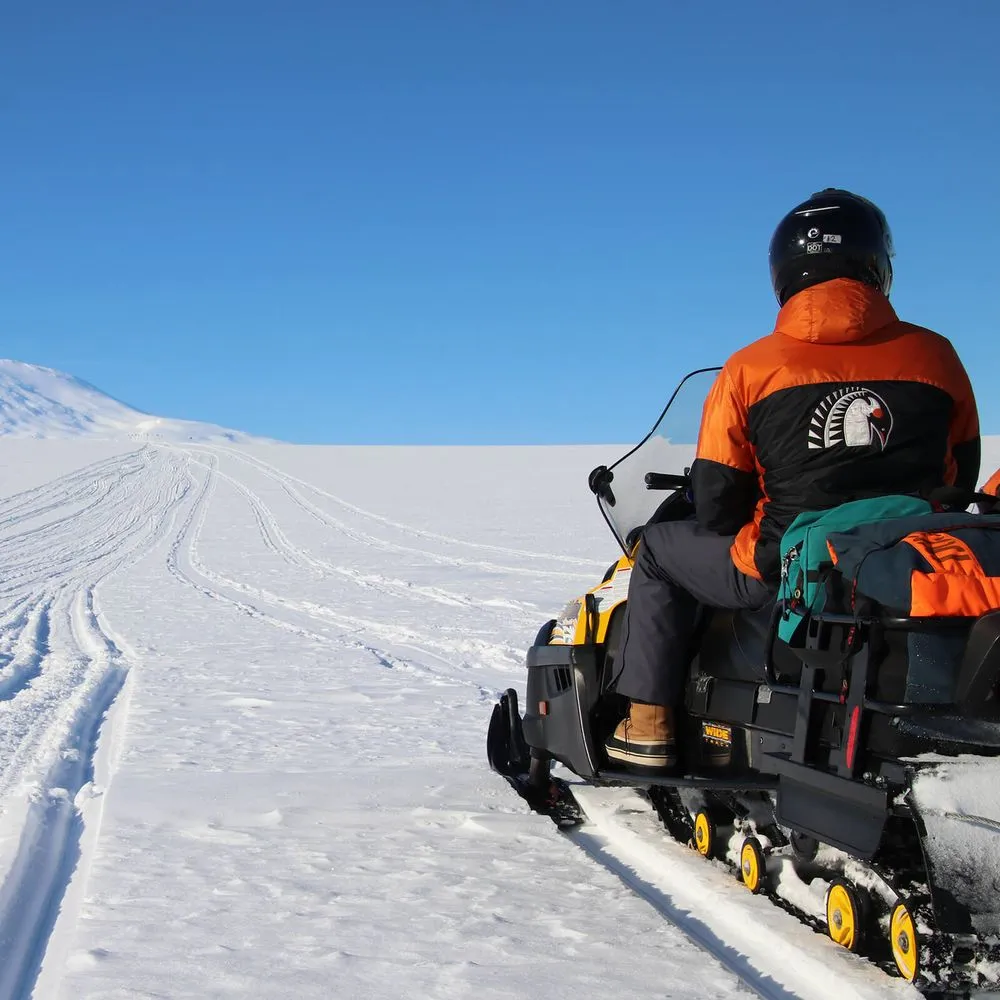
Antarctica New Zealand
Antarctica New Zealand manages the New Zealand Government’s interests in Antarctica and the Southern Ocean. It provides logistics support to New Zealand’s Antarctic scientific program and research funding through the Antarctic Science Platform. It also runs Scott Base, New Zealand’s only permanent base in Antarctica.
United States (United States Antarctic Program - USAP)
The National Science Foundation (NSF) is an independent U.S. government agency managing the U.S. Antarctic Program (USAP). Through USAP, NSF’s Office of Polar Programs (OPP) coordinates all U.S. scientific research. This includes on the continent and aboard ships in the Southern Ocean, as well as related logistics support.

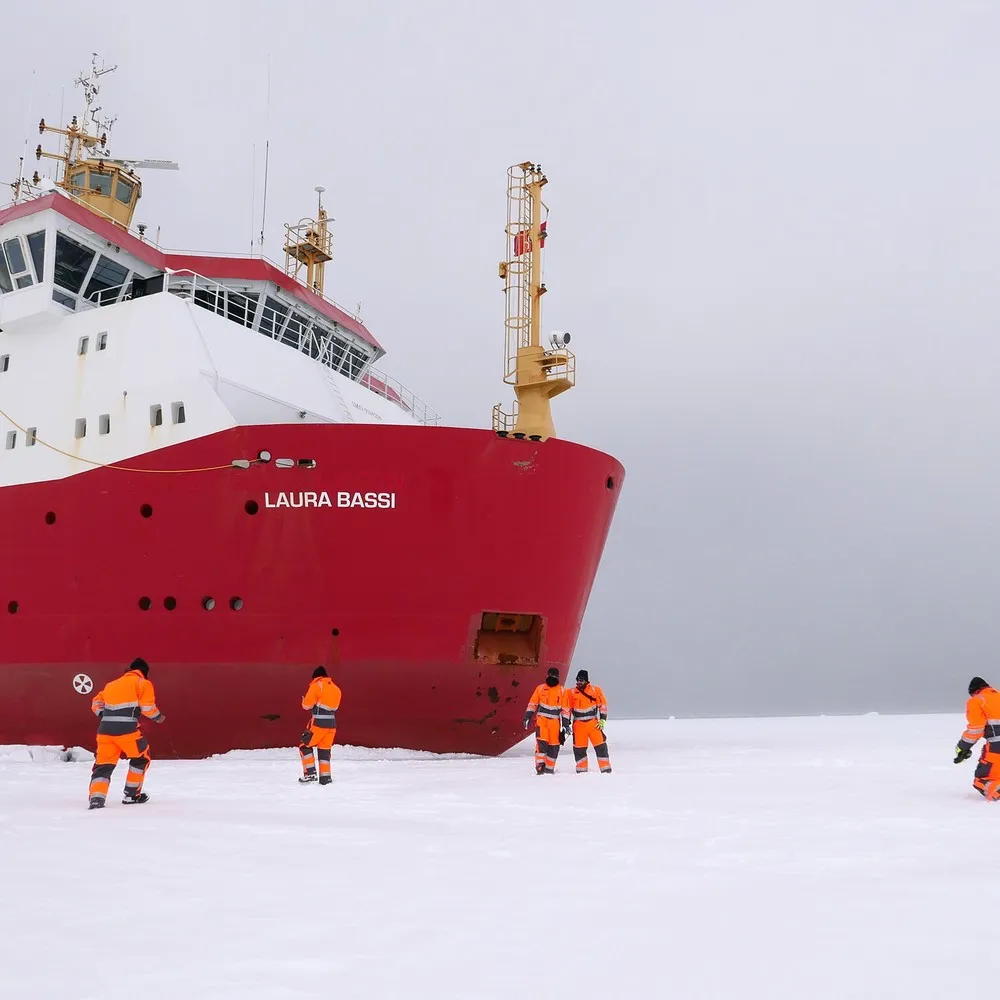
Italy (Programma Nazionale di Ricerche in Antartide - PNRA)
The Mario Zucchelli Research Station in Terra Nova Bay was established in 1986., Since then, the Italian Antarctic Program has used Christchurch as their base to service the station. The base supports around 70 people and operates during the summer months, hosting a variety of scientific projects. Approximately 230 personnel pass through Christchurch each summer.
Republic of Korea (Korea Polar Research Institute - KOPRI)
The Korean Antarctic Program operates Jang Bogo Station in Terra Nova Bay and the icebreaking research vessel, RV Araon. Since 2014, the Korean Antarctic Program has maintained its Korea-New Zealand Antarctic Cooperation Centre in Christchurch. It services investigating cryospheric evolution of Victoria Land and conservation of the marine ecosystem in the Ross Sea region. Approximately 200 Korean scientists and support staff pass through Christchurch each summer. RV Araon usually visits Lyttelton on its way to and from Antarctica four times over the summer months.
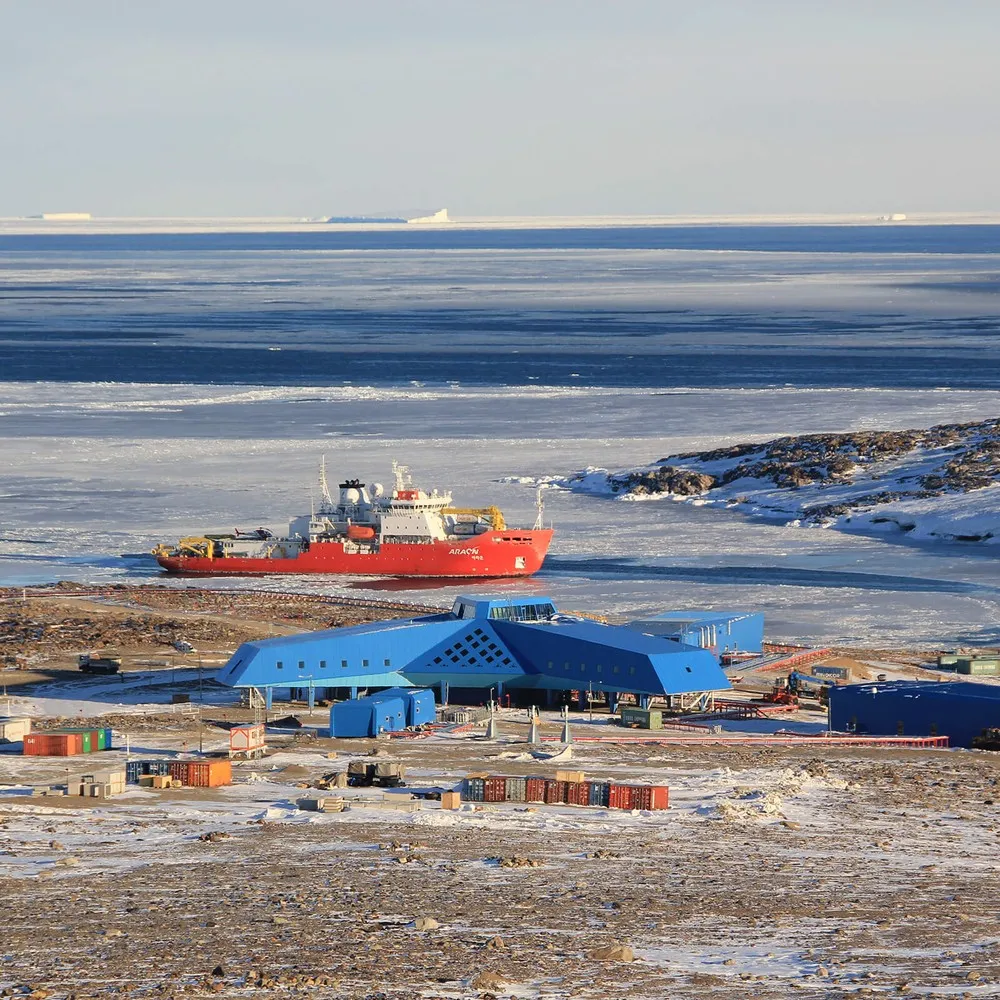
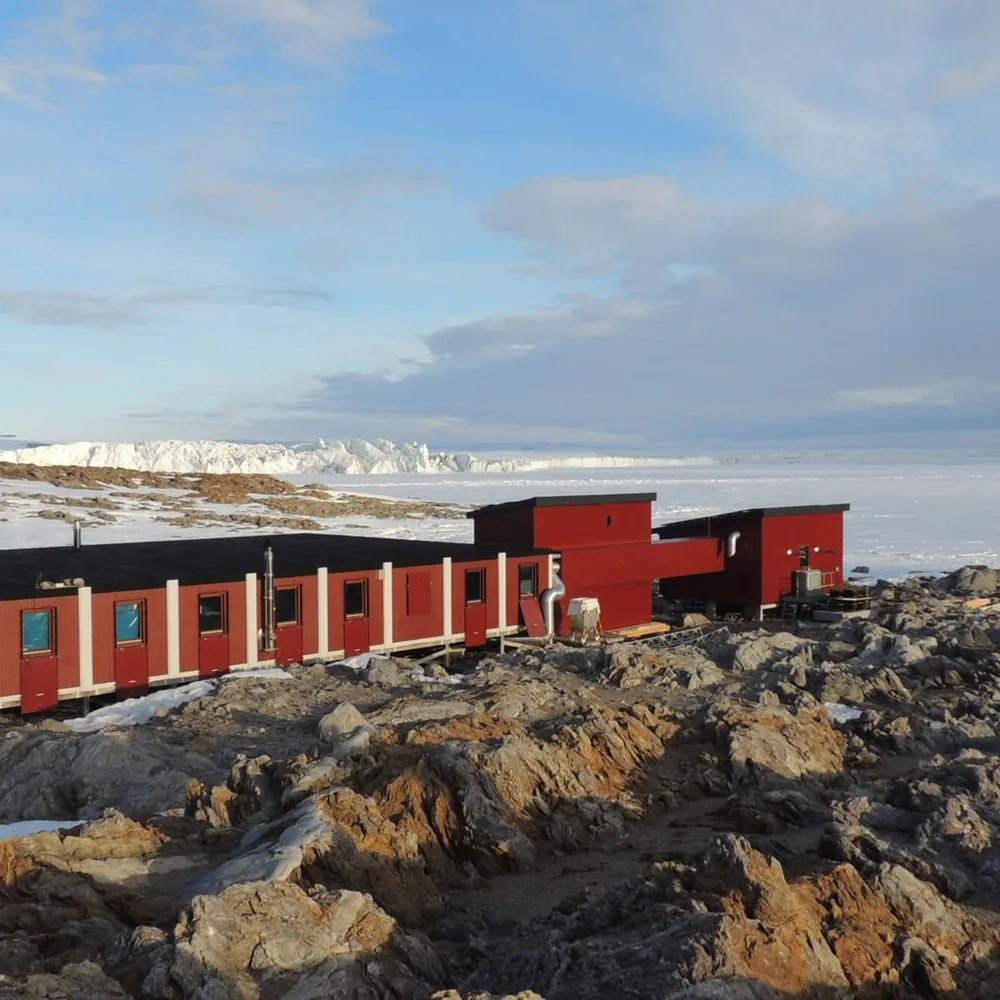
Germany (Bundesanstalt für Geowissenschaften und Rohstoffe - BGR)
With the reopening of the Gondwana Station in Terra Nova Bay, the Federal Institute for Geosciences and Natural Resources (BGR) is increasing its operational relationship with Christchurch. Gondwana Station is a non-permanent facility and functions as the main operational base for the collaborative geoscientific research program of the BGR. The base can currently host between 10-20 scientists and support staff working there over the summer months, mainly in close logistic cooperation with the Italian Antarctic Program. The main building includes living and working facilities; laboratories are not available. Scientists are usually accommodated in tents near the station.
The Polar Research Institute of China
The Polar Research Institute of China operates the Chinese Antarctic station, Qinling in Terra Nova Bay. The Qinling Station can accommodate up to 80 personnel during the summer and 30 during the winter, and is designed for multidisciplinary and multilayered observational and scientific research in atmospheric environment, marine foundational environment, and biological ecology. During the 2023-2024 research season, while the Qinling Station was under construction, the Chinese icebreaker Xuelong 2 visited Lyttelton four times for personnel rotation and replenishment to and from Antarctica.
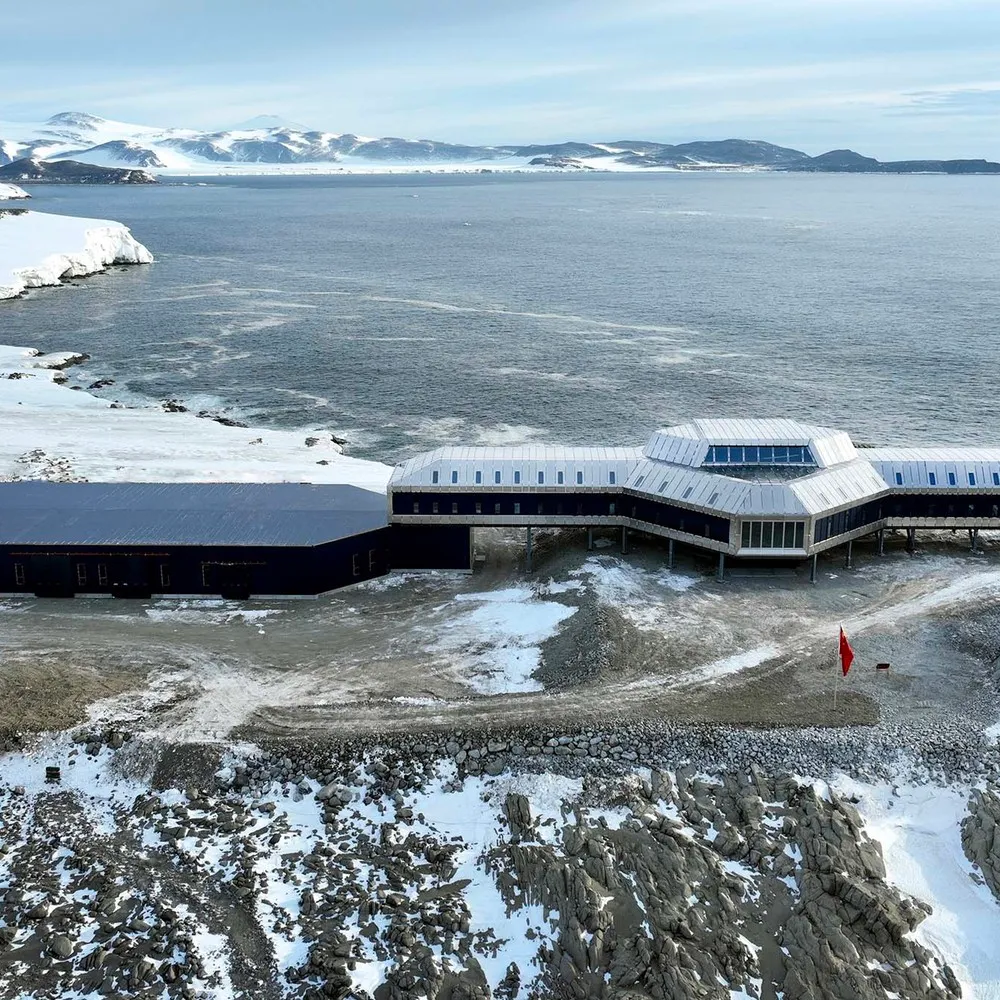
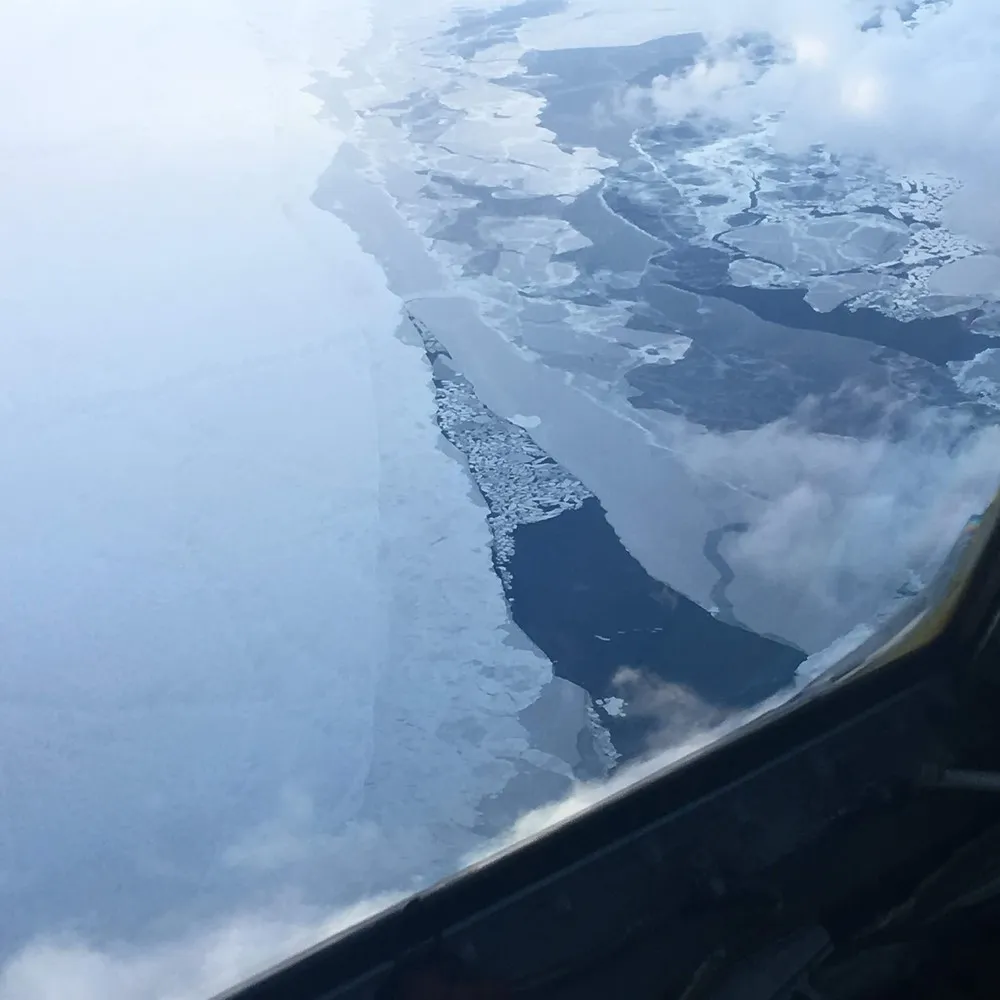
Council of Managers of National Antarctic Program (COMNAP)
The city, through the University of Canterbury, is proud to host the Council of Managers of National Antarctic Programs (COMNAP) Secretariat. The COMNAP Secretariat has been located in Christchurch since 2009. COMNAP is the international association, formed in 1988, which brings together its 30 Members, who are the National Antarctic Programs. National Antarctic Programs are those organisations that have responsibility for delivering and supporting scientific research in the Antarctic Treaty Area on behalf of their respective governments and in the spirit of the Antarctic Treaty. COMNAP’s purpose is to develop and promote best practice in managing the support of scientific research in Antarctica.

get in touch
How we can help
Our Gateway to Antarctica team is here to support, connect and develop opportunities for all International Antarctic programs.
The Antarctic community is the core of our Gateway City status. We work closely with local organisations, businesses, scientists and other stakeholders. We connect you with key Antarctic partners to help take care of your work on and off the ice.